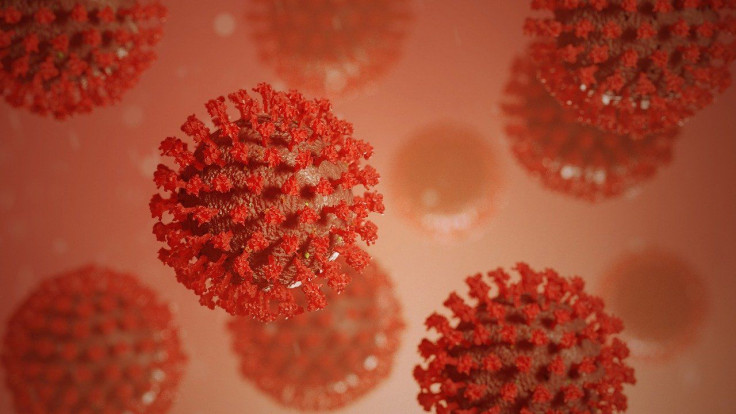Contaminated Surfaces Could Be Spreading COVID-19 In Households

Since the start of the COVID-19 pandemic, scientists have been warning about catching the disease through aerosols in the air. This even led to the mask mandates that forced everyone to wear face coverings in public places.
However, a new study published in The Lancet Microbe found that aerosols shouldn't be the primary concern of everyone when stuck in a household with a COVID-19 patient. Researchers recently found that contaminated surfaces and hands drive transmissions in homes.
The Imperial College London-led study is the first to provide empirical evidence for the transmission of SARS-CoV-2, the virus responsible for COVID-19, via frequently touched surfaces and people's hands.
"There's no doubt that if you have COVID-19 you're emitting the virus into the air as micro-aerosols as well as large droplets that land on your hands and the surface around you. What hasn't been shown, until now, is that the presence of the virus on people's hands or household surfaces predicts transmission to contacts," lead author Ajit Lalvani said in a press release.
"Our real-life study in London households provides the first empirical evidence to show that the presence of SARS-CoV-2 on people's hands and surfaces contributes significantly to the spread of COVID-19. Since we didn't systematically sample household air, we cannot rule out airborne transmission occurring in parallel."
For the study, Lalvani and colleagues examined 279 London households during the height of the alpha and pre-alpha waves of the pandemic between Aug. 1, 2020, and March 31, 2021. They discovered that infection was significantly higher in houses where the virus was detected on frequently touched surfaces and the hands of participants.
"Presence of SARS-CoV-2 RNA on primary cases' and contacts' hands and on frequently-touched household surface associates with the transmission, identifying these as potential vectors for the spread in households," the team wrote.
To confirm that the transmission and infection happened within the households, the researchers did whole genome sequencing of the 25 primary cases and their contacts. They found that the primary case-contact pairs had the same virus strains.
Nevertheless, U.S. News & World Report pointed out that the study was purely observational. It did not prove causation since the airborne transmission was not ruled out. The study was also conducted during the early pandemic phase, so it's unclear if the same results would apply to the more recent variants.
Published by Medicaldaily.com



























